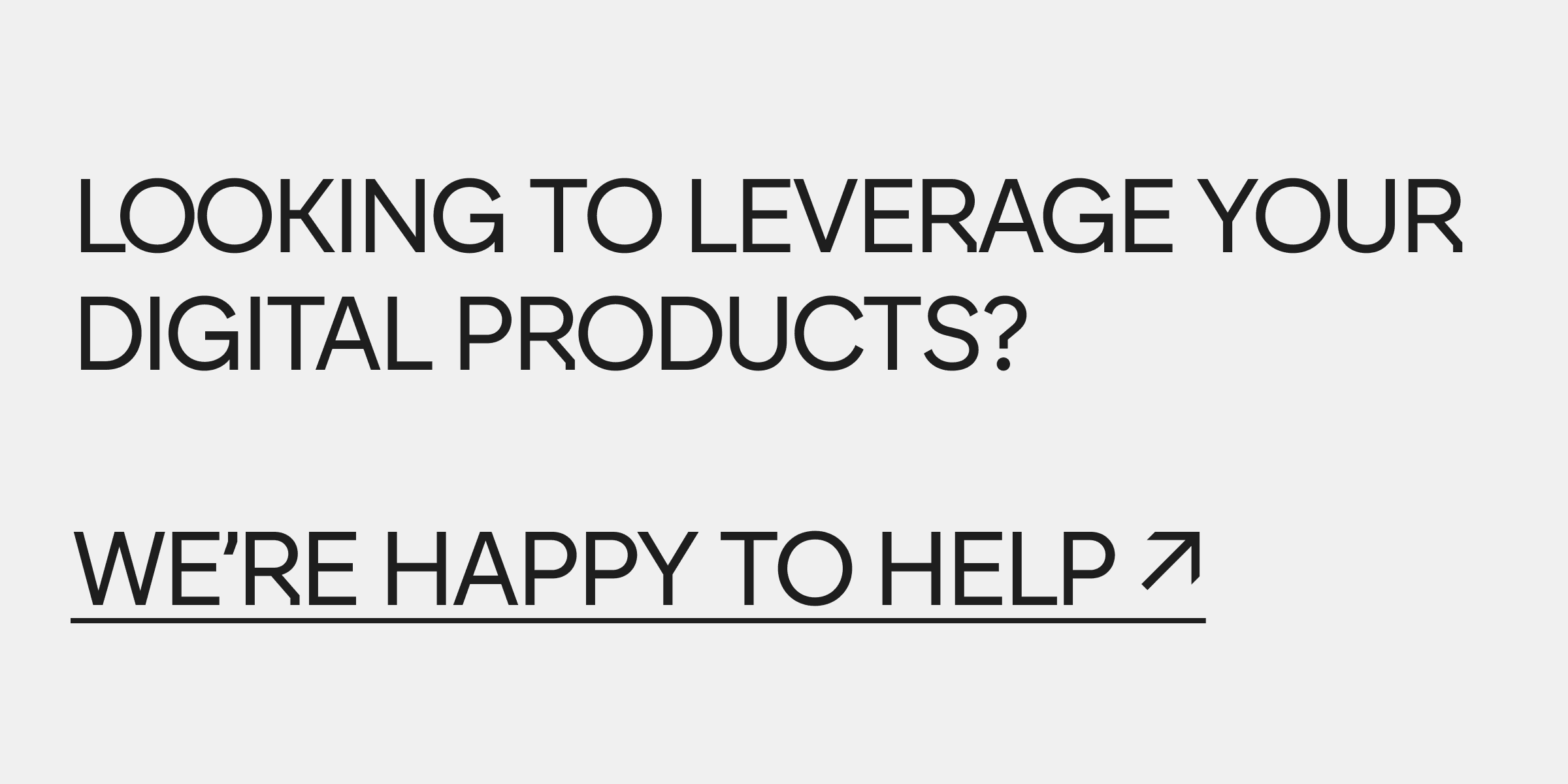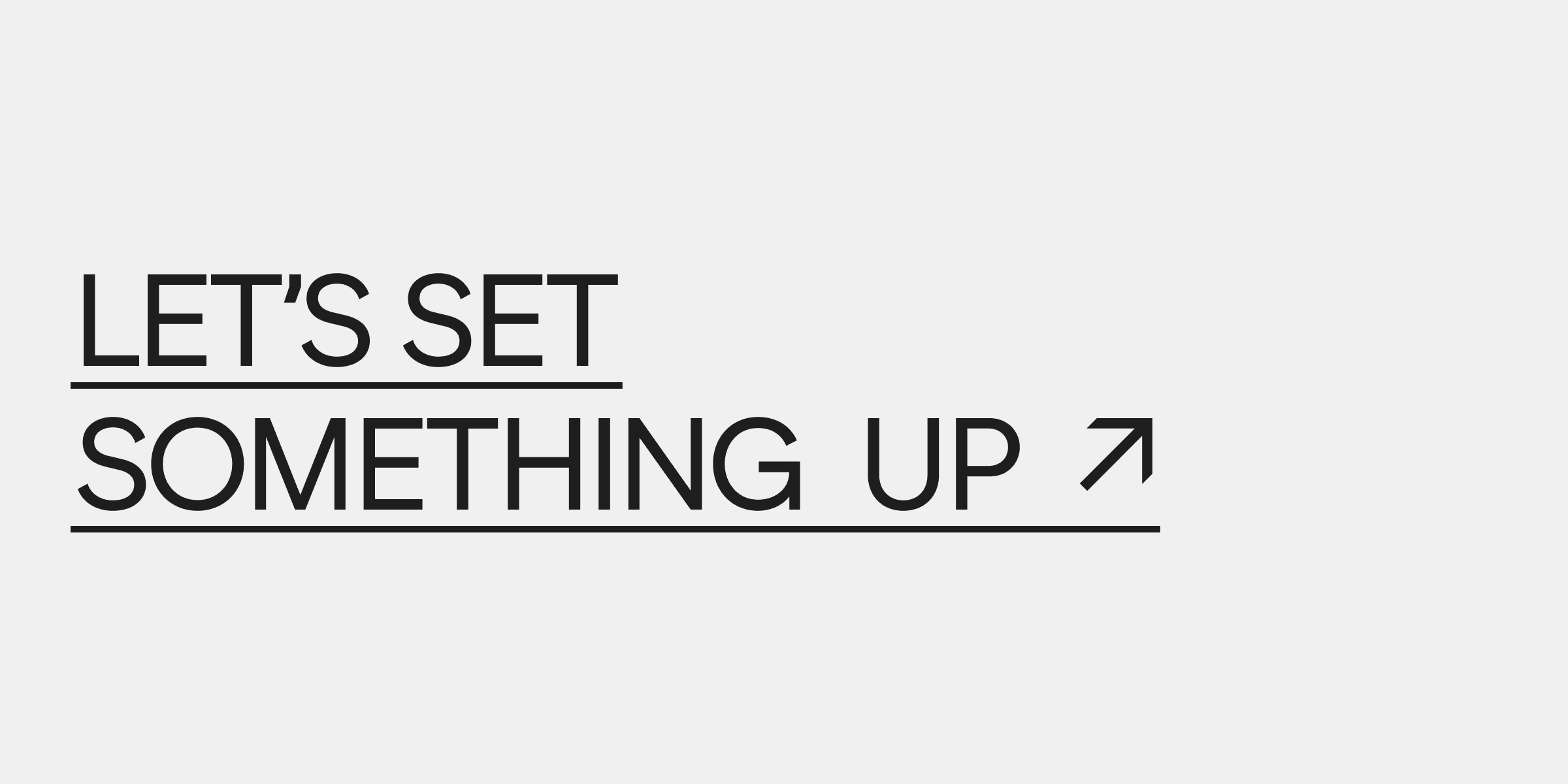Design Thinking has evolved significantly since its inception. What began as psychological studies on creativity has transformed into a powerful problem-solving methodology. The concept gained substantial traction in the past two decades, with prestigious institutions like Stanford University incorporating it into their curriculum.
At Adchitects, we view Design Thinking as more than just a design process. It's a mindset that drives innovation. Our approach centers on user-centric problem-solving, particularly effective when tackling complex or ill-defined challenges. We have found it to be an invaluable tool for developing creative solutions that truly resonate with target users.
How We Understand the Design Thinking Process?
The Design Thinking process encourages organizations to step back from immediate solutions and instead explore solutions from multiple angles, leading to innovative ideas and sustainable outcomes. A human centered approach stands at the core of successful design thinking implementation.
By focusing on user needs rather than assumptions, design teams create solutions that genuinely resonate with their target audience. The emphasis on user centered design and emotional connection elevates products and services beyond basic problem-solving.
Benefits of the Design Thinking Methodology
While the transformative power of the Design Thinking methodology is evident in its approach to innovation, its benefits extend far beyond mere problem-solving. Organizations that successfully implement Design Thinking methodologies experience a wide range of advantages that impact every aspect of their operations.
From improving entire team dynamics to driving business success, Design Thinking creates ripple effects throughout the organization. Let's explore the key benefits that make this methodology invaluable for modern businesses.
Enhanced Problem-Solving Capabilities
Design Thinking revolutionizes how the design team approaches solving complex problems. Teams who embrace its structured yet flexible framework excel at breaking complex problems into manageable pieces within the problem space. When analytical thinking meets creative exploration, alternative solutions emerge naturally. Rather than rushing toward quick fixes, teams delve deep into problems, examining them from countless angles to discover potential solutions.

Reduced Risk of Product Failure
Early user testing paired with real user feedback dramatically reduces product failure rates. Organizations catch potential issues well before significant development investments occur. Rapid prototyping coupled with usability testing safeguards valuable resources. Products and services undergo thorough validation, ensuring perfect alignment with user needs prior to full-scale implementation.
Improved Team Collaboration
Design Thinking demolishes departmental silos while nurturing the entire team's partnerships. Teams gain a shared language, a universal framework encouraging effective cooperation. Professionals from diverse backgrounds unite under Design Thinking principles, generating innovative ideas. Their collaborative spirit powers knowledge exchange, resulting in groundbreaking innovations.
Increased Customer Satisfaction
Companies implementing the Design Thinking framework witness remarkable improvements in customer satisfaction metrics. The human centered design process targets genuine pain points, not assumed problems. Users become integral participants throughout development, ensuring products exceed expectations. A deep understanding of user needs naturally leads to strong customer loyalty, accompanied with enthusiastic word-of-mouth recommendations.
Accelerated Innovation
Innovation accelerates when design teams follow the Design Thinking model's clear ideation techniques framework. Concepts transform into prototypes at remarkable speeds, while real user feedback flows continuously. Organizations learn from quick testing phase results, racing toward innovative solutions. Companies maintaining such momentum outpace market changes and leave competitors behind.
Better Resource Utilization
Smart resource allocation flourishes under the Design Thinking methodology's structured approach. Early validation prevents wasteful investments in poorly-aligned solutions. Quick prototyping paired with user testing reveals promising possible solutions sooner. Companies channel resources exclusively toward projects demonstrating the greatest potential for success.

Long-Term Business Growth
Sustainable business success flourishes wherever Design Thinking takes root. Companies practicing its user centric approach gain unprecedented market insights. Strategic decisions become sharper, product launches more successful. Market advantages multiply as design teams consistently deliver creative solutions matching evolving user needs.
What’s the Design Thinking Process About?
The Design Thinking process follows five stages - empathize, define, ideate, prototype, and test. However, it's important to note that this isn't a linear process. Each previous stage can spark insights that prompt design teams to revisit earlier stages, creating a dynamic and iterative process.
Empathize
The empathize stage stands as the first stage of Design Thinking, where teams develop a better understanding of user experiences in human centric ways. Design professionals establish emotional connections with their audience, creating bridges that lead to meaningful insights. Direct user research combined with active engagement allows teams to uncover pain points and motivations. The deeper understanding gained becomes invaluable as teams work toward solving complex problems.
Define
Once teams gather insights from the previous stage, they move toward the define phase. During the define stage, clear problem statement frameworks emerge from careful analysis of user feedback and observational data. Teams frame each challenge from the user's perspective, ensuring solutions will resonate with real needs. The definition phase transforms raw information into a visual representation of key steps, keeping users at the heart of every decision.
Ideate
The ideation phase opens the door to generate ideas without minimal effort. During the ideation stage, design thinkers set aside preconceptions and focus their energy on generating as many ideas as possible. Ideation sessions and ideation techniques spark innovative thinking, leading to unexpected breakthroughs. As creative ideas flow freely during this third phase, teams collect and refine possible solutions for further development.
Dive into our detailed: How Can the Ideation Phase Help You Create the Digital Product You Need?
Prototype
In this stage of the Design Thinking framework, teams transform abstract concepts into scaled down versions of their solutions, utilizing sketches, models, and digital renders to communicate their vision. Starting with simple prototypes allows the design team to explore solutions quickly. Continuous refinement based on feedback helps solutions evolve toward their final stage.
Test
The testing phase puts real users at the center as they users interact with prototypes in authentic scenarios. Their experiences reveal both strengths and areas needing improvement in the proposed solutions. User testing sessions provide valuable insights about specific features for enhancement. Teams gather comprehensive feedback, implementing improvements that align with unmet user needs and expectations.
Implementing Design Thinking in Practice
The versatility of Design Thinking makes it invaluable across diverse business contexts. From product development teams crafting next-generation solutions to marketing departments reimagining customer experiences, the Design Thinking model transforms how organizations solve problems. Companies implementing these methodologies witness innovation spreading beyond traditional creative departments, igniting positive change throughout entire organizations.
While many associate Design Thinking with product designers, its principles empower professionals across all organizational levels. Sales departments utilize its methods to understand customer pain points more deeply. Finance teams apply its principles to streamline processes and develop user-friendly financial tools. Even C-suite executives embrace Design Thinking to shape strategic initiatives and foster company-wide innovation culture.
The methodology's success stems from its adaptability to different business challenges. Organizations customize Design Thinking frameworks according to their specific needs, whether launching new products, improving internal processes, or revolutionizing customer service. The resulting solutions emerge from deep user understanding combined with creative problem-solving, leading to measurable business outcomes and sustainable growth.
Major corporations demonstrate the powerful impact of integrated Design Thinking practices. IBM transformed its enterprise-wide operations, incorporating Design Thinking into every aspect of product development and customer interaction. Fidelity revolutionized its financial services, creating more intuitive and accessible solutions for clients. These success stories illustrate how Design Thinking drives innovation at scale, regardless of industry or organization size.
Small and medium-sized enterprises also realize significant benefits from Design Thinking implementation. Without requiring massive resource investments, these organizations adapt Design Thinking principles to suit their scale and specific market needs. The methodology allows smaller teams to compete effectively, creating innovative solutions that resonate with their target audiences.
For successful implementation, organizations should consider several key factors.

Key Factors To Consider When Implementing Desing Thinking Process
Leadership Commitment
Executives must champion Design Thinking initiatives, providing necessary resources and fostering an environment where experimentation flourishes. Their visible support encourages teams to embrace new ways of working and thinking.
Cultural Integration
Design Thinking works best when it becomes part of organizational DNA. Companies succeed when they weave its principles into daily operations, decision-making processes, and team interactions.
Skill Development
Organizations benefit from investing in Design Thinking training programs. When teams understand the methodology's fundamentals, they apply its principles more effectively to their specific challenges.
Cross-Functional Collaboration
Breaking down departmental barriers enables diverse perspectives to contribute to solution development. Teams working across traditional boundaries generate more innovative and comprehensive solutions.
Measurable Outcomes
Successful organizations establish clear metrics to track Design Thinking's impact. From customer satisfaction scores to product adoption rates, quantifiable results demonstrate the methodology's value and guide future implementations.
How Do We Do It at Adchitects?
At Adchitects, we have developed a refined four-stage process that embodies Design Thinking principles while delivering exceptional digital products. Each stage builds upon the previous one, creating a comprehensive journey from initial concept to final implementation.
Discovery Session
We begin every project with an intensive discovery phase, where our team dives deep into understanding both business requirements and user needs. Our discovery sessions help clients crystallize their ideas into concrete project scopes, roadmaps, and estimations. The process starts with transferring ideas into user stories, prioritizing features based on user value, and creating detailed project timelines with precise cost structures.
Read more: What Are Product Discovery Workshops at Adchitects?
Ideation and Evaluation
During the ideation phase, our teams conduct comprehensive research to align business requirements with user demands. We employ multiple research methodologies, including in-depth user research, competition analysis, and usability testing.
Product Design
The design phase transforms research insights into tangible solutions. Our designers create comprehensive information architectures and user flows, while user interface specialists craft visually stunning interfaces. The process includes creating detailed user journeys, developing interactive prototypes, and implementing engaging animations. Each design decision stems from earlier research findings, ensuring solutions that resonate with target users while meeting business goals.
Development and Optimization
The final stages focus on technical implementation and continuous improvement. Our development team selects appropriate technologies based on project requirements, ensuring scalability and future growth potential. We emphasize quality assurance, performance optimization, and accessibility compliance.
Maintenance
Post-launch, we conduct regular performance assessments to identify potential bottlenecks and optimization opportunities. When issues emerge, our developers implement targeted solutions to maintain optimal site performance.
Read more: Why Your Website Needs a Monthly Maintenance Service?
Take Advantage of the Design Thinking Process With Adchitects!
Design Thinking stands as a cornerstone of modern innovation, empowering design thinkers to come up with innovative solutions to complex problems. When implemented thoughtfully, it transforms how teams approach problem-solving, fostering creativity at every organizational level. The iterative process ensures continuous improvement, allowing design teams to refine and perfect their solutions based on real user feedback.
At Adchitects, we have witnessed the transformative impact of Design Thinking across countless projects. Our expertise in implementing these Design Thinking frameworks helps organizations unlock their innovative potential and create solutions that address unmet user needs. Ready to transform your digital product with Design Thinking? Contact us today, and let's create something extraordinary together.




